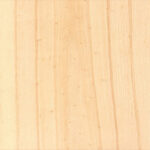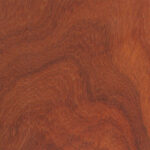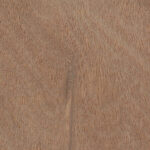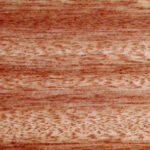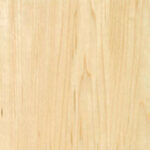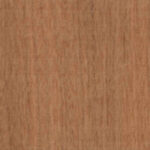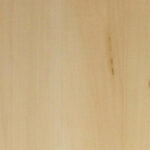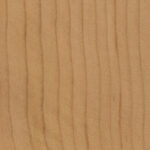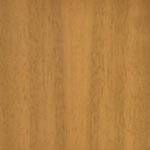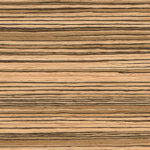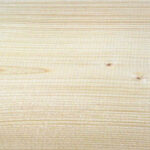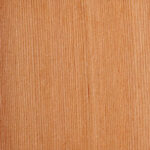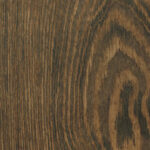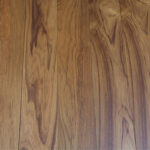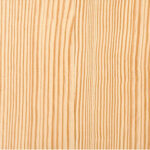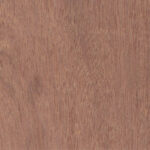Introduction
Basically, timber or Lumber is a wood or firewood of growing trees. Any wood capable of yielding a minimum dimensional size can be termed as a timber or lumber.
Afromosia wood is the right choice to make a long-term wood object. Its resistance to rot is a very excellent point. Wood is usually brown with a texture that tends to be straight, with its natural luster.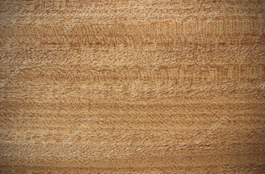
Its average weight is approximately 830kg/m3 when dry. It is mainly used for furniture, boatbuilding, veneer, and flooring. .
Poplar wood is typically a white or creamy yellow hue, though it can be brownish or appear with mineral streaks of various colors in it, referred to as “rainbow poplar.” Although it is used more for utilitarian purposes (it’s more likely to be used for drawers than cabinet fronts or for match sticks than tables), it does occasionally make an appearance in some artisan furniture.
Its average weight is approximately 510kg/m3 when dry. Native Americans used poplar for canoes. It has also historically been used to create dinnerware, coffins, toys, carvings, crates, pallets, and frames for upholstered furniture.
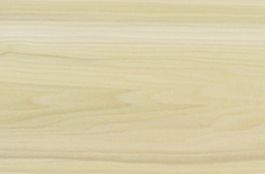 It may also be used as a veneer, in plywood, and in doors, but in these cases, it’s tucked away as a core. When appearance matters, another wood is typically layered over the top.
It may also be used as a veneer, in plywood, and in doors, but in these cases, it’s tucked away as a core. When appearance matters, another wood is typically layered over the top.
American red oak is the dominant species in the U.S. hardwood forests – with distinctive grain, and wood that is not always red in colour. The name comes from the leaf colour in the fall. Red oak may be sold on the basis of ‘northern’, ‘southern’ and ‘Appalachian’.
Its average weight is approximately 790kg/m3 when dry.
It is mainly used for furniture, flooring, architectural millwork and moulding, doors, kitchen cabinets, paneling, and caskets.

Most people are familiar with walnut wood in its darkest state, which can be a deep chocolate or coffee color. In fact, it’s the only dark wood native to North America. However, it’s actually only the center of the tree which bears the deep hues. This is called the heartwood, and it may also have lighter browns, purples, grays, or reddish tints. The outermost portion of the tree– known as the sapwood because it carries the tree’s nutrients– is typically a pale blonde color, though it can also be yellow-gray as well.
Its average weight is approximately 660kg/m3 when dry.
Walnut is considered one of the supreme species for high end furniture, cabinets, doors and interior joinery. It is used for flooring and panelling and it is widely used to contrast with other hardwoods.
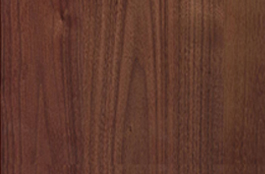
Unlike other trees which have large color variations between the innermost part of the tree (heartwood) and the outermost part of the tree (sapwood), it can sometimes be difficult to see where the line between the two is with ash. Overall, it’s quite light and tends to be various shades of beige which will darken slightly over time.
Its average weight is approximately 710kg /m3 when dry.
Going back to ancient times, ash wood has been a major part of people’s lives. Early cultures used it for everything—from weapons to wagons—and even believed it had spiritual properties or the ability to heal and bring prosperity. These days, ash remains common in furniture, cabinets, flooring, tools, weapons, sports equipment, and more.
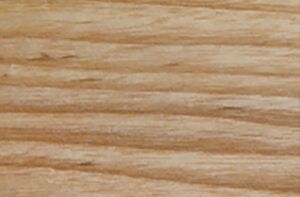
The texture is coarse, and the grain is usually interlocked. It is very difficult to work with hand and machine tools. Azobe can be dressed to a smooth finish, and gluing properties are usually good. It is known to be very resistant against decay and acid, and has good weathering properties.
Its average weight is approximately 1120kg/m3 when dry.
Its main uses are: bridge building, decking, heavy carpentry, hydraulic works.
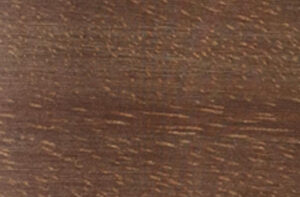
Beech is considered non-durable or perishable; poor insect/borer resistance. Overall good workability; it machines well, and glues, finishes, and turns well. Beech also responds superbly to steam-bending.
Its average weight is approximately 720kg/m3 when dry.
It is mainly used for lumber, veneer, flooring, boatbuilding, furniture, cabinetry, musical instruments (piano pinblocks), plywood, and turned objects.
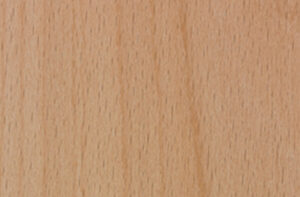
It is extremely strong, dense, durable and resistant to fungal attacks, which makes it less prone to decay and rotting. Oak is considered one of the finest and sturdiest materials to work with in woodworking. Its flexibility makes it as desirable for artistic pieces as well as complex architectural projects.
Its average weight is approximately 720kg/m3 when dry.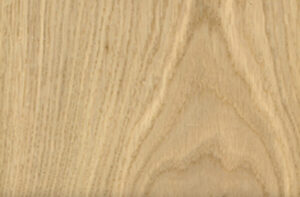
It is mainly for heavy structural use, Cladding, Joinery – Exterior, Joinery – Interior, Furniture, Flooring, Sleepers, Decking.
Poplar timber can be grouped with willow, lime, and horse chestnut, since they are all soft, fine-textured woods, generally without lustre and without any very characteristic color. Its toughness and non-splintering, woolly nature makes poplar ideally suited to employment for the bottoms of lorries, railway wagons and carts subjected to rough usage.
Its average weight is approximately 450kg/m3 when dry.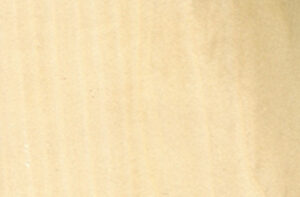
It produces good, constructional veneer for plywood, chip-baskets, and splints for matches. It is used in furniture for framing and drawers, for interior joinery, beer-cask hives, toys, industrial and domestic flooring, boxes and crates, and as an alternative to alder for hat blocks.
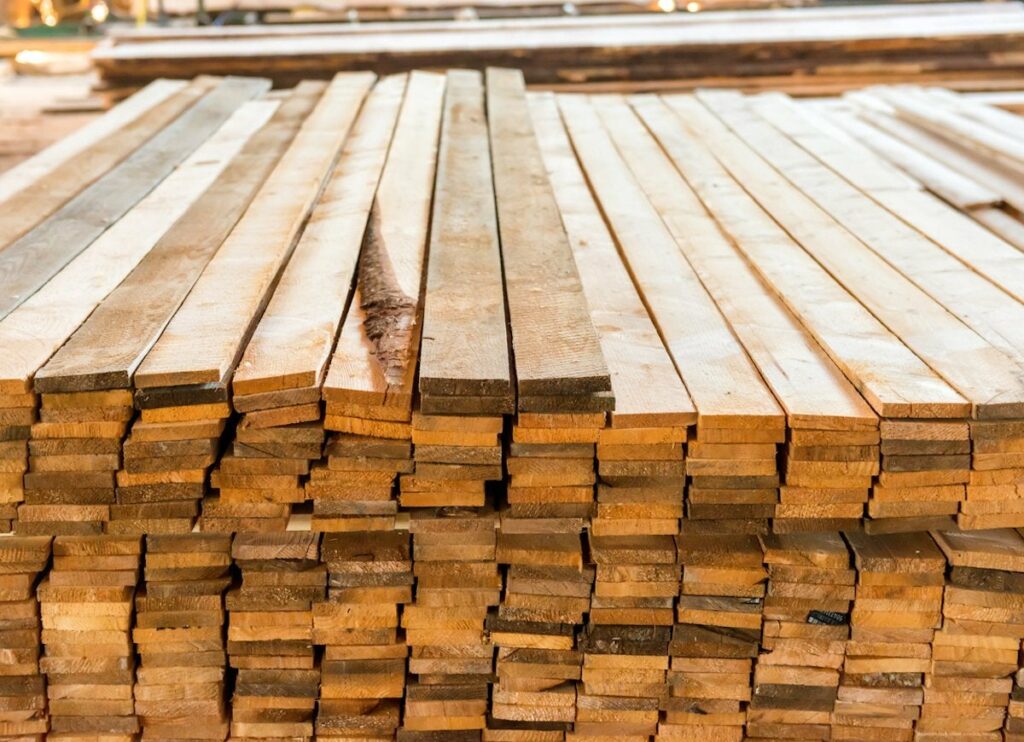
Bubinga is medium red-brown with lighter red to purple veining. Grain is straight to interlocked. It’s texture moderately coarse but even.
Its average weight is approximately 880kg/m3 when dry.
Bubinga wood is primarily used as a veneer for cabinetwork, furniture, and paneling. Also used for knife handles, and fancy goods.
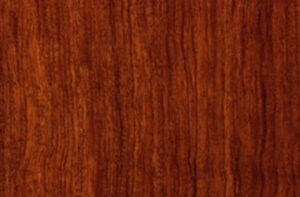
It is whitish or greyish in color turning yellowish or straw colored on exposure. The grain is irregular, but is sometimes straight, and the texture is fairly fine.
Its average weight is approximately 800kg/me when dry.
It can be used as a substitute for ash. It is a general utility timber suitable for interior joinery and carpentry.
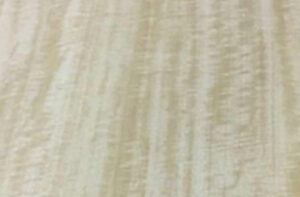
Cherry wood has a smooth, closed grain pattern, much like that of maple wood. As with any natural product, we expect and embrace unique characteristics in the wood grain. A single cherry wood board can have several contrasting grain patterns depending on the growth of the tree.
Its average weight is approximately 630kg/m3 when dry.
Cherry is perhaps the most prized furniture hardwood in America. Most of the highest grade cherry is used for this purpose. However, mid- and lower-tier cherry wood is often found in kitchen cabinets and wood flooring. It’s also common in kitchen accessories like bowls, wood spoons, and cutting boards.
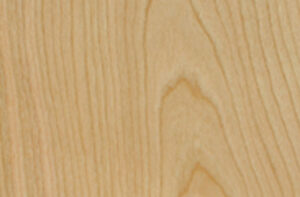
The wood is yellow brown or grey brown with black streaks or veins taking a golden glint.
The grain is interlocked and the texture is fine.
Its average weight is approximately 560kg/m3 when dry.
Dibetou can be used for several applications such as; high class furniture, seats, panelling, sliced veneer, veneer, joinery, light carpentry.
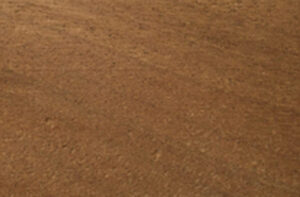
Can vary in color based upon age and location of tree. Usually a light brown color with a hint of red and/or yellow, with darker growth rings. In quartersawn pieces, the grain is typically straight and plain. In flatsawn pieces, the wood can exhibit wild grain patterns. Despite being a softwood, it possesses features that enable it to be used in tasks mostly meant for hardwoods.
Its average weight is approximately 530kg/m3 when dry. 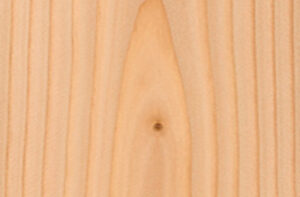
It can be used for flooring, trim and joinery, boatbuilding and native ships, furniture making, and aircraft making.
Ebony is rated as very durable, though susceptible to insect attack. It is known for making quality cabinet work, inlaying, musical instrument parts, and ornamental objects. It gives a great dark appearance, Ebony is good resistance to termites and insects.
Ebony is a superior wood species. It is expensive and the most demanding wood. Ebony is used for many purposes. It is famous for its high density, dark color, and durability
Its average weight is approximately 720kg/m3 when dry.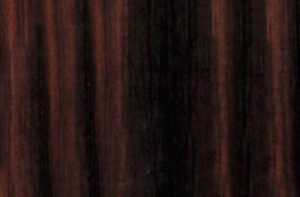
It is used for furniture, instrumental musical parts, decorative objects, and tool handles.
The heartwood is reddish-brown to grey brown and features definite black to reddish veining or striping. Etimoe has a straight to interlocked grain, with a fine and even texture. Etimoe, like rosewood, finishes beautifully. The wood glues well also.
Its average weight is approximately 680kg/m3 when dry. 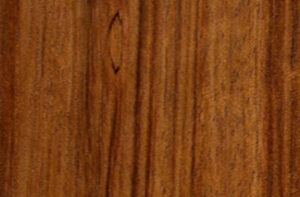
It is mainly used for fine furniture, cabinetry, flooring, ship and boat building, vehicle bodies, joinery, turnery, some heavy construction.
Walnut varies very considerably in color; the sapwood is a pale straw color, clearly defined from the heartwood which is greyish-brown, but infiltrations of coloring matter produce a darker-color streaky figure to the wood, sometimes irregular distribution throughout the heartwood.
Its average weight is approximately 670kg/m3 when dry.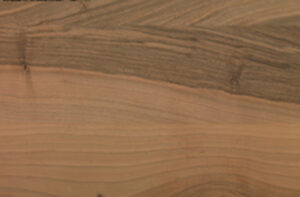
It is mainly used for furniture, decorative veneer, bank fittings, rifle stocks, fancy goods and turnery.
The wood is light yellow and does not have demarcated sapwood. The grain is straight or interlocked and the texture is medium. The blunting effect is normal (sometimes quite high) and peeling and slicing is reported to be good.
Its average weight is approximately 550kg/m3 when dry.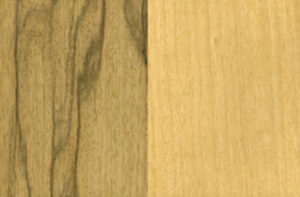
It can be used for several applications such as: Interior; e.g., furniture, seats, paneling, boxes and crates, veneer, wood-ware, joinery, moulding, light carpentry, fiber and particle boards, sliced veneer. Also, for exterior; e.g., wood frame house.
Heartwood is usually a yellow to golden or medium brown, with color tending to darken over time. Iroko is very durable, and is resistant to both rot and insect attack; it’s sometimes used as a substitute for Teak.
Given the high prices of genuine Teak, Iroko could be considered a low-cost alternative. The wood is stable, durable, and has an overall look that somewhat resembles Teak.
Its average weight is approximately 660kg/m3 when dry.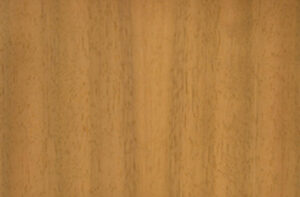
Its common uses are: veneer, flooring, furniture, cabinetry, boatbuilding, turned items, and other small specialty wood items.
The famous cedar of Lebanon. The timber of the true cedar is similar in color for all species; the heartwood is light brown, usually distinct from the narrow light-colored sapwood. The wood has a pungent cedar odor, and growth rings marked by the contrast between early-wood and dense late-wood zones.
Its average weight is approximately 580kg/m3 when dry.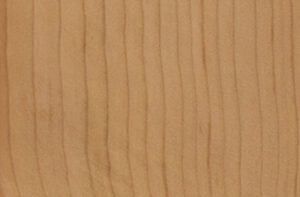
It is mainly used for joinery, construction, bridges, garden furniture, gates, fences, doors, furniture, railway sleepers, according to quality of the timber.
The lime tree is characterized by light heartwood, white-yellow with reddish-brown shades. Lime wood is easy to cut and plan and simple to flay and bend. This makes it the ideal material for carving and turning and easy to split. However, the surfaces that emerge are not smooth. Bonding is not always satisfactory, but nails and screws hold up well. After grinding, surfaces can be polished well. Staining, painting and varnishing are also no problem.
Its average weight is approximately 560kg/m3 when dry.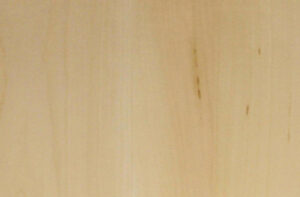
In addition to its use in the production of furniture, lime wood is used in the manufacture of cuckoo clocks, toys, musical instruments, wooden shoes.
Mansonia is easy to work with hand and machine tools with little or only moderate blunting effect on cutting edges and no charring. The surface can be worked to a good finish. The wood holds nails and screws fairly well, but iron tends to corrode in contact with the wood. Gluing properties are good. The wood takes stain and polish well.
Its average weight is approximately 610kg/m3 when dry.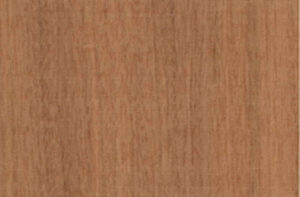
It is used for general and high-class joinery, cabinet work, furniture, turnery, decorative veneer and handicrafts. It is also used in construction for doors and windows, in railway coaches and shop fittings, and for boxes and crates. Well-coloured wood resembles American black walnut and is commonly used as a substitute, e.g. for gun stocks and grips, musical instruments and loudspeaker enclosures.
Maple wood is commonly used in high-end furniture, flooring, cabinetry, and kitchen accessories. Because of its durability and strength, maple can be found used as flooring in bowling alleys and for bowling pins. It was also once a popular choice for wood baseball bats before being largely replaced by Ash, which is equally as strong but more lightweight.
Its average weight is approximately 690kg/m3 when dry.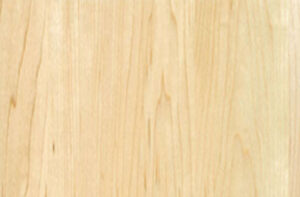
It’s unique color, smooth grain, and strength make maple a popular choice among woodworkers of all types. In its natural state, it can totally brighten a room, yet stained maple looks equally gorgeous and can be dressed up to suit any preferred style. Maple wood also tends to get chosen when durability is a concern because it can take a beating.
Meranti is one of the simpler hardwoods with which to work. It effectively machines, cuts, plants, and sands. It has good nailing and sticking properties.
Its average weight is approximately 580kg/m3 when dry.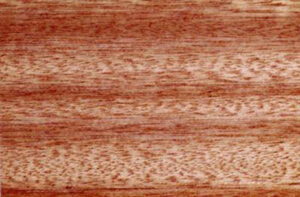
It is mainly used for veneer and plywood, joinery, flooring, furniture and cabinetwork, general development, and boatbuilding.
The grain of the wood can vary from straight to slightly wavy, which may sometimes appear to be slightly interlocking. If you cut the wood and leave it exposed to air and light, it may darken with age.
Its average weight is approximately 430kg/m3 when dry.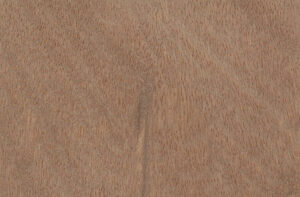
It is mainly used for furniture making, decking components, kayaks and boat making, and plywood.
The tropical species Padouk has a characteristic bright red color, which however turns gray very quickly. It is a very durable wood, which does not require any preservative treatment: it is therefore an economical and ecological material.It can be used without treatment in marine or brackish water but only in temperate and cold environments.
Its average weight is approximately 800kg/m3 when dry.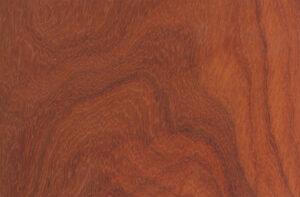
It is suitable for hydraulic works, including in maritime environment, exterior joinery, shipbuilding, but is also used in interior joinery, cabinet making, and for miscellaneous uses.
Almost all species of pine are close to each other. They slightly differ in properties of color, hardness, workability, and rot resistance. They are used based on their properties.
Pine Wood is known for its availability, durability, workability as well as great appearance. Its sapwood is yellowish-white to reddish-white, the heartwood is reddish-brown in color.
Its average weight is approximately 510kg/m3 when dry.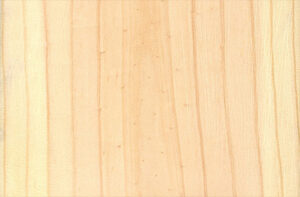
It is mainly used for furniture making, window frames, paneling, flooring, and roofing.
Sapele Wood has many characteristics that resemble Mahogany, most notably in the color of its heartwood (golden to dark reddish brown, darkens with age if not treated with finishing oils that will prevent oxidation), grain patterns, and internal characteristics that make it very durable. It has a uniform and very fine texture, which can take great natural luster.
Its average weight is approximately 640kg/m3 when dry.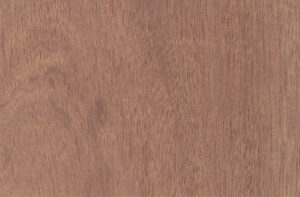
Sapele could be used for fine furniture, cabinetry, doors and windows, musical instruments, architectural Millwork, turned objects, boatbuilding, various outdoor construction, indoor construction elements (beams), countertops, flooring, paneling, veneer, and various specialty items.
Southern yellow pine wood is one of the principal sources of softwood products in the United States. Not only is it strong, stiff, and dense, but it also has the ability to hold nails and other fasteners particularly well, which makes it a great choice for residential and commercial construction.
Its average weight is approximately 420kg/m3 when dry.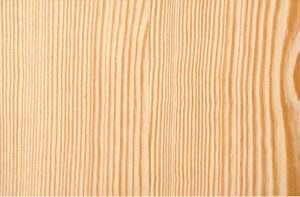
It is mainly used for: ground contact, outdoor furniture, flooring, fencing, as well as construction of bridges.
The most known is the Burmese Teak, it is an incredible timber and is one of the most sought after because of its immense durability. The lifespan of teak wood is unrivalled and long enough to mean that treatment has no effect. The timber is suitable for outdoor use as well indoor environments with high moisture content like kitchens and bathrooms.
Its average weight is approximately 740kg/m3 when dry.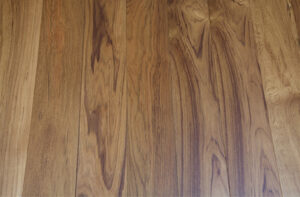
Teak is an incredibly versatile type of wood, which makes it possible to see it everywhere around us from large construction elements to small household items. It can be used for exterior construction, exterior and interior flooring, exterior and interior paneling, turnings, carving, various small wooden objects, durable outdoor furniture, cutting boards, countertops, veneer, indoor furnishings, door and window frames, indoor structural beams and columns, and more…
Wedge wood is an exotic lumber species that is harvested from the Central and West African tree called Millettia Laurentii. The price of Wenge has been rising in the recent years due to increase in unavailability. Since it is highly resistant to scratching and abrasion and the ability to take a very high polish and smoothness, it is preferred wood for flooring blocks or strips, construction, and exterior use.
Its average weight is approximately 880kg/m3 when dry.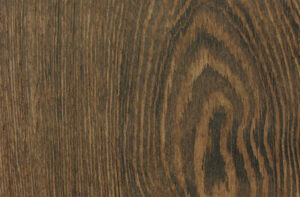
Its most common use case scenarios for wenge wood: various interior and exterior projects, high-end decorative furniture, flooring, decking, paneling, heavy construction (mine props, railway sleepers and more), tool handles, veneer, indoor and outdoor furniture, musical instruments (especially guitars), canes, yurned objects, various novelty objects made from wood, wood sculptures and face masks, wooden objects that aim to replace ebony, and more.
Western Red Cedar delivers beauty, rich color, and exceptional building properties. It is dimensionally stable, lightweight, strong, and versatile. Properly finished and maintained, it ages gracefully and lasts for years. It is also the environmental choice—it’s a renewable resource, and Western Red Cedar’s natural oils act as a preservative protecting against decay and insects, so harmful chemical treatment is not needed.
Its average weight is approximately 390kg/m3 when dry.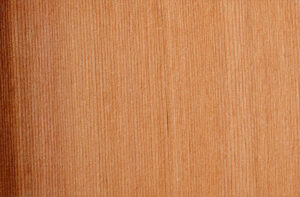
Western red-cedar wood is used for house siding, walls & roofing, fencing, furniture and musical instruments. These trees are also used as hedges for gardens
Spruce wood is used both as a construction material and to generate energy. It is commercially available in round logs, as veneer and in the form of glued structural elements. Due to its good workability and high availability, it is the most widely used construction timber in Europe. It is used, among other things, for roof structures and also in bridge construction and industry. Spruce is also the material of choice for interior design: from built-in furniture to ceiling tiles to saunas; there are many things that make a cosy interior made of spruce wood. Despite its low resistance to weathering, it is also used outdoors: fences, window frames and doors.
Its average weight is approximately 450kg/m3 when dry.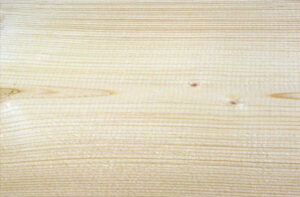
Spruce wood is indispensable in industry: pallets, wood-based materials and paper are largely made from domestic spruce. It is not only of interest as a mass-produced product but, grown uniformly and without knots, is also appreciated internationally in instrument construction.
The sapwood is whitish, the heartwood golden and with numerous brown streaks. The result is similar to the skin of a zebra, hence its name. Sapwood is rarely marketed. The price of zebrawood is high. It is mainly due to its scarcity. Although it is not yet a wood at risk, it is classified as vulnerable, as its population has been reduced.
Its average weight is approximately 800kg/m3 when dry.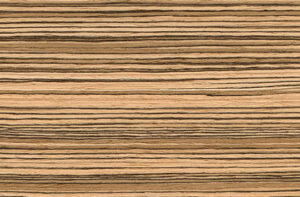
Its main uses are for quality furniture and / or joinery, natural wood veneers (is its main use today), floors, coatings and interior carpentry, handle of tools and utensils: canes, pens … Since they are in fashion, wooden glasses are also one of the preferred woods for this use, as well as boats.
